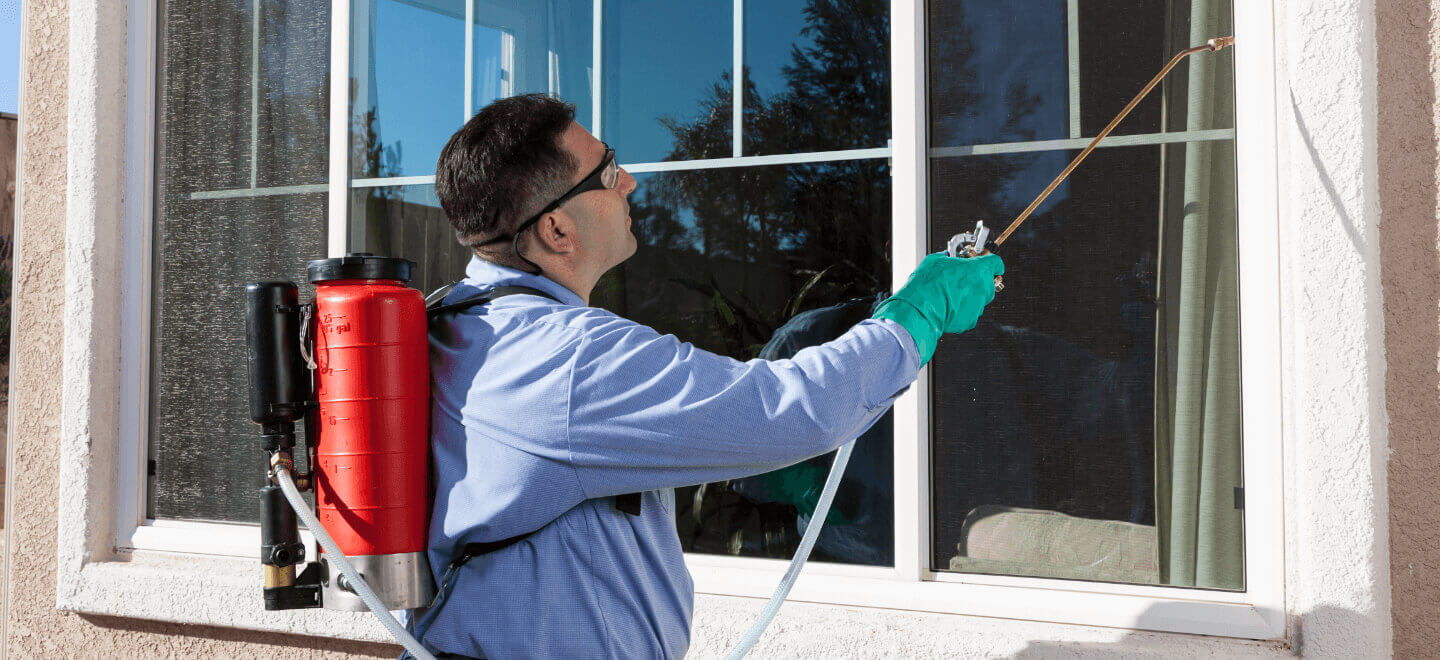Effective Parasite Control Services: An In-Depth Appearance at Extermination Techniques and Prevention Measures
In the realm of parasite control services, the successful monitoring of infestations needs a meticulous method that incorporates different techniques and actions for both elimination and avoidance. From Integrated Parasite Administration (IPM) approaches that prioritize sustainable remedies to chemical elimination strategies created for targeted elimination, the arsenal against pests is multifaceted and huge.

Integrated Parasite Administration (IPM) Strategies
Integrated Pest Management (IPM) Techniques encompass an extensive method to pest control that focuses on tracking, control, and avoidance approaches to effectively take care of bug populations. By integrating numerous strategies, IPM intends to lessen the impact of parasites while additionally minimizing the dependence on chemical pesticides. Avoidance exists at the core of IPM, emphasizing practices like appropriate sanitation, upkeep of health, and securing entry factors to hinder insects from infesting buildings.
Chemical Elimination Methods
Chemical elimination techniques are generally utilized in insect control solutions to properly remove pest populations that posture a danger to human health and residential property. These techniques entail making use of different chemical materials particularly designed to target and remove insects such as pests, rodents, and other unwanted animals. The application of pesticides, pesticides, rodenticides, and other chemical agents is thoroughly regulated to ensure optimum effectiveness while lessening risks to people, pet dogs, and the setting.
Among the key advantages of chemical elimination techniques is their capability to give fast and targeted results, making them especially valuable in cases of serious problems or urgent bug control demands - a1 pest control in portland oregon bed bugs. Nonetheless, it is necessary to stress the relevance of proper handling, application, and disposal of these chemical products to avoid unintended harm
Additionally, integrated bug administration (IPM) strategies frequently integrate chemical elimination methods with various other approaches such as hygiene, environment modification, and biological controls to create a lasting and detailed pest control technique. By incorporating chemical extermination strategies sensibly within an IPM framework, pest control services can successfully handle insect populations while reducing potential threats to human wellness and the setting.
Organic Insect Control Methods
Using all-natural killers and bloodsuckers to handle pest populaces is a lasting technique understood as biological insect control. This approach utilizes the all-natural systems of the ecological community to control bug populaces without depending on synthetic chemicals. One usual biological control method entails presenting natural enemies of the target parasite types, such as ladybugs for aphid control or nematodes for termite infestations. These all-natural predators feed on the parasites, aiding to keep their populations in check.
One more reliable biological control approach is using microbial pesticides. These are normally occurring bacteria, such as bacteria, viruses, and fungis, that specifically target and contaminate certain pest types. By making use of these Resources microbial representatives, pest populations can be efficiently minimized without damaging helpful microorganisms or creating injury to the environment.
Physical Insect Prevention Actions
Executing physical pest avoidance procedures includes using barriers and structural alterations to prevent pests from going into or infesting a residential property. Installing door moves, screens on windows, and sealing fractures in the foundation can assist prevent bugs like insects and rodents from getting gain access to indoors.
Another physical prevention step is using barriers like fence to maintain larger bugs such as raccoons or deer far from the residential or commercial property. Mounting mesh or wire screens around yards can protect plants from being damaged by parasites. Appropriate waste management, including safeguarding trash bin with tight-fitting lids, is vital in deterring insects like pests, raccoons, and rodents. By carrying out these physical pest prevention procedures, homeowner can dramatically reduce the risk of insect invasions and the damages they can cause.
Specialist Bug Assessment Procedures
Performing detailed and systematic insect inspections is a basic aspect of specialist parasite administration protocols. Specialist insect assessors are trained to meticulously take a look at buildings for indications of infestations, determining pest species, entrance factors, and favorable problems. The inspection you could look here process typically begins with a comprehensive analysis of both the interior and outside of the premises. This includes monitoring for insect droppings, munch marks, nests, and any type of architectural damage that might show insect task. Additionally, assessors may utilize customized tools such as wetness meters and borescopes to identify surprise invasions within wall surfaces or crawl rooms.

Final Thought
In verdict, effective bug control solutions employ a range of strategies, consisting of Integrated Bug Management methods, chemical elimination methods, organic controls, and physical avoidance actions. Professional bug inspection procedures play a vital duty in identifying and dealing with pest problems in a prompt way. By carrying out a mix of these approaches, homeowner can successfully handle and stop parasite problems.
From Integrated Pest Management (IPM) strategies that prioritize sustainable solutions to chemical extermination techniques designed check my source for targeted removal, the toolbox against bugs is complex and substantial.Integrated Parasite Monitoring (IPM) Approaches incorporate a thorough strategy to pest control that concentrates on control, surveillance, and avoidance methods to successfully handle insect populations.Chemical elimination strategies are frequently utilized in insect control solutions to successfully remove insect populations that posture a hazard to human health and wellness and property.Using natural predators and parasites to take care of insect populations is a lasting method recognized as biological insect control.In conclusion, efficient pest control solutions employ a selection of methods, consisting of Integrated Insect Management techniques, chemical elimination methods, organic controls, and physical prevention procedures.